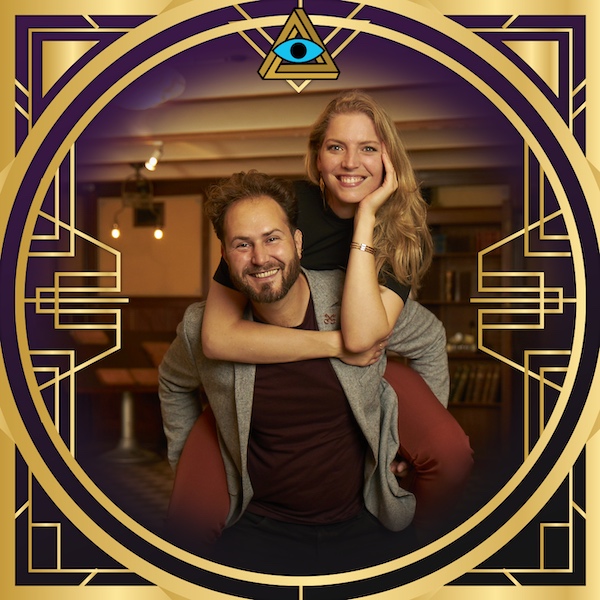Yesterday’s military grade ciphers are today’s toys and puzzles.
Author: Simon Singh
Year: 2000
Page Count: 432
ISBN: 978-0385495325
Price: ~$12 in paperback, ~$10 on Kindle
Synopsis
Simon Singh writes an entertaining abridged history of cryptography (the making of ciphers) and cryptanalysis (the breaking of ciphers).
Singh shifts back and forth between careful explanation of cryptographic concepts and wonderfully entertaining historical anecdotes involving codes and ciphers.

The anecdotes are by far the most fun aspect of the book. The story of the legendary Beale Papers is a particular standout. If someone hasn’t already turned that story into an escape room, it’s ripe for the medium. I was also quite taken by the stories of the cryptanalysts of Bletchley Park during World War II as well as the incredible efforts that went into deciphering Egyptian hieroglyphs and the Mycenaean Greek script, Linear-B.
The explanations take the reader through the most basic codes and ciphers that so regularly appear in escape rooms and puzzle games. As the complexity ramps up, The Code Book begins to explain how modern cryptography works.
The closeout is an exploration of the concept of quantum cryptography, which, while interesting and well-explained, also makes the brain explode into little tiny pieces.
Standouts
Singh clearly communicates complex concepts. His descriptions of ciphers, how they work, and how to use them were exceptional.
I was legitimately nervous as I approached the chapter on the German Enigma cipher. I knew how complex the thing was and I was jittery about my ability to comprehend its inner workings. I had to pay close attention while reading, and occasionally read a paragraph twice, but when I finished the chapter, I understood how the thing worked. That was honestly exciting.
Learning the details, history, and context of these common (and uncommon) ciphers that I play with so often in escape rooms and puzzle games was deeply satisfying.
The anecdotal tales of real-life cipher-making and -breaking gave me so many ideas for how puzzles could be used to tell stories now and in the future.
Shortcomings
While Singh has a rare talent for explaining the intricacies of codes, ciphers, cipher breaking, and mathematics, his explanations occasionally become redundant. Since each chapter is written largely as a standalone, information can become repetitive.
Singh keeps the math to a minimum. However, in the middle of the 20th century, cryptography stopped being a linguist-based profession and morphed into a mathematical craft. If you’re allergic to reading about mathematics, then you’re likely going to drop the book at the halfway mark.
Should I read Simon Singh’s The Code Book: The Science of Secrecy from Ancient Egypt to Quantum Cryptography?
Reading The Code Book fostered a feeling of connection to the ciphers that I see in escape rooms. The more I have come to understand what those ciphers are, where they came from, and their significance throughout history, the more meaningful they have become.
The later chapters felt like reading a different, yet equally important book as they helped me achieve a deeper understanding of the crypto that makes the world we live in work. Now more than ever, I see how critical it is that we have access to strong cryptography.
Finally, this quirky realization: yesterday’s military grade crypto is today’s children’s toy. It hadn’t occurred to me that messing about with a basic shift cipher was the military intelligence equivalent to swinging a sword or firing an arrow. Those old ciphers that we play with today were a critical method of maintaining secure military communications. That understanding is wonderful.
Reading The Code Book has shifted my perspective on the world. You can’t ask any more from a book.
Order your copy of Simon Singh’s The Code Book: The Science of Secrecy from Ancient Egypt to Quantum Cryptography from Amazon using this link, and a small percentage of your purchase will go towards supporting Room Escape Artist.

![Sherlocked – The Lost Cabinet [Review]](https://roomescapeartist.com/wp-content/uploads/2024/03/sherlocked-lost-cabinet-2.jpg)
![Your Escape – The Non Believers [Review]](https://roomescapeartist.com/wp-content/uploads/2024/03/your-escape-nonbelievers.jpg)


Leave a Reply